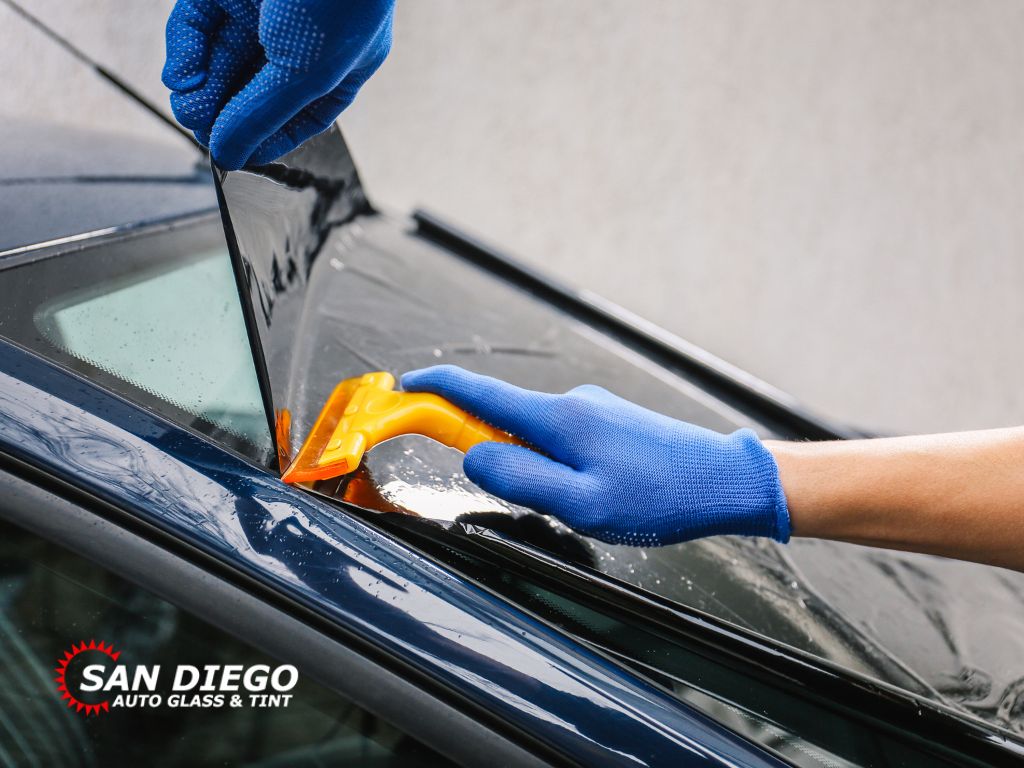California certainly has no shortage of sunshine. Unfortunately, if you are a car owner, sunny days can mean vision-impairing glare, exposure to harmful UV rays, and bleached car interiors. Many car owners opt to have their car windows professionally tinted for these reasons alone. Window tinting can dramatically enhance your driving experience.
But here’s the catch: not all tinting is legal. Tinting your car’s windows—especially the windshield—can obstruct the driver’s vision (increasing the risk of collisions). Since tinting reduces the amount of visible light that comes through your car’s windows, it can present a risk when driving in the dark. For example, when you’re driving at night or when the vehicle is surrounded by fog.
Officials have made regulations on how much tinting is legal in California. Read on to learn more about how you can safely (and legally) tint your car windows:
How Do I Know How Much Window Tint Is Legal?
In short, the degree of legal car tint percentages varies by the type of window. That means varying limits for your front windshield, passenger windows, and back windshield. The back windshield and rear passenger side windows essentially have no tinting restrictions, but the front passengers’ windows must allow a minimum of 70% of visible light through. This lets the driver see enough on the road and in the periphery to make informed judgments.
The other relevant requirement is that the car has two un-tinted side-view mirrors (without cracks or dents) that provide 200 feet of visibility behind the vehicle. An exception to the 70% rule is that the top few inches of the windshield may have a darker tint; also called an “eyebrow strip,” tinting this strip blocks the sun’s glare but leaves the rest of the windshield clear for optimal viewing.
What About Colors Or Reflective Tints?
The California tinted glass law states that a tinted window can’t be more reflective than a standard window. This rules out any tints that have mirrored or metallic finishes. Colors are prohibited, too—red, amber, and blue shades that are legal in some states are not permitted in California. There are no general exceptions to these laws, either.
Where Can I Get My Windows Tinted?
If you are interested in car window tinting, professionals must complete the process. This step is significant because you may be asked to prove that you have a tint film made by a manufacturer certified by the state of California.
Additionally, as the owner of a car with tinted windows, you must carry a certificate with you signed by the professional tinting company. This certificate lists the manufacturer’s title and address and the percentage of visible light that comes through each window’s tint. If you are serious about automotive window tinting, contact your local professional auto glass or tint shop for a consultation.
How Much Does It Cost To Get My Windows Tinted?
The cost of tinting your windows depends on many different factors. When it comes to window tinting, you get what you pay for, and unprofessional tint jobs are easy to recognize.
When investing in your car window tinting, it is vital to keep a few things in mind. You must consider the tinting function and the size of your window. Most importantly, you have to consider the quality and warranty of the tint job and the budget and time frame.
Work With a Professional Window Tint Installer
Working with a certified window tinting installer like San Diego Auto Glass & Tint will help you avoid costly violations. We’re knowledgeable about window tint laws and stay up-to-date with current restrictions. Contact our team for the best-looking vehicle that doesn’t break the bank!





